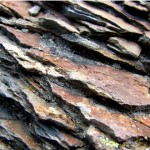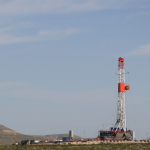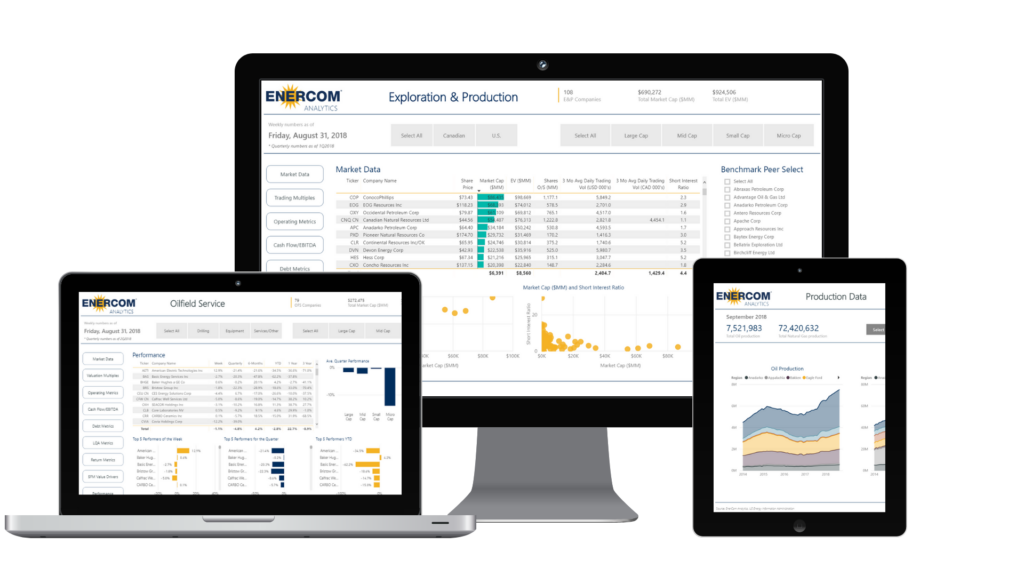Upstream Technology Designed by Fracture ID to Boost EURs
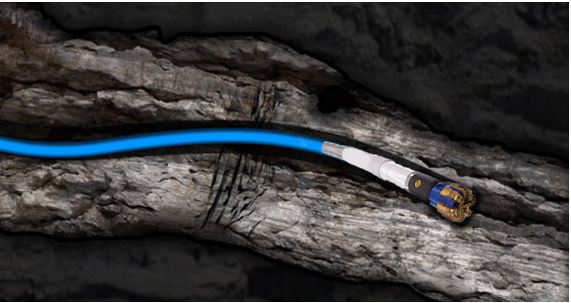
Instead of drilling a well, taking traditional core samples from the formation, shipping them to a lab for analysis, and waiting while results lag the drilling process by days or weeks, there is a new technology for drillers that delivers reservoir intelligence to help them pinpoint optimal frac stage locations quickly.
Denver-based Fracture ID has launched a new technology that analyzes at-the-bit vibrations during the normal drilling process. It “listens” to the reservoir rock at the point of contact and characterizes the traits of the formation, collecting detailed reservoir data while the drill bit is turning.
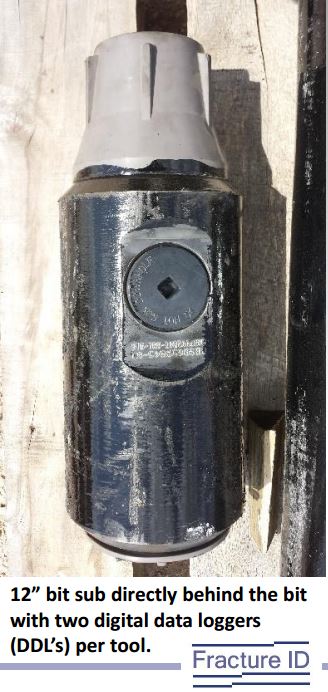 Fracture ID says its Drillbit Geomechanics™ technology allows operators to place fracs with greater precision that can reduce or eliminate ineffective frac stages and improve ultimate recoveries.
Fracture ID says its Drillbit Geomechanics™ technology allows operators to place fracs with greater precision that can reduce or eliminate ineffective frac stages and improve ultimate recoveries.
How Does it Work?
An industry standard downhole data logger is used to collect data in the normal course of drilling. From there, the Fracture ID Drillbit Geomechanics™ technology delivers high resolution measurements of mechanical rock properties such as Young’s Modulus and Poisson’s Ratio. Then the location of intersected natural fractures can be made, letting operators target frac stages to intersect the naturally fractured areas in the formation for significantly increased well results.
According to Fracture ID, “MWD acceleration data are processed using innovative, new stress-strain relationships to obtain mechanical rock properties at up to 1/100 of a foot resolution. A DDL (Digital Data Logger) tool is used near the drill bit to record and store drill bit geomechanical vibration data which are later downloaded from the tool on surface. These vibrations are generated as the rock experiences elastic, plastic and then full failure deformation by each cutter head while drilling. The tri-axial drilling vibrations are processed to directly calculate the motion of and the forces on the bit from the amplitudes and frequencies of the acceleration data.”
Fracture ID has completed projects for more than ten E&P companies, confirming that the results generated by its technology correlate to traditional petrophysical measurements, and at a fraction of the cost of current reservoir characterization tools, according to the company.
Working In Seven Basins
The company has current business in the Delaware, Midland, Anadarko, San Juan, Eagle Ford, Bakken, DJ, and Powder River basins, with 15 well sections presently being monitored and a total of 90 well sections in its projection for 2016.
“Our technology is used by E&P companies to group similarly stressed rock so more fractures are initiated in every frac stage,” Fracture ID CEO and founder Chris Neale said. “This additional fracture surface area increases production rates and ultimate recovery with no negative impact on completions cost.”
Energy Innovation Capital invested in Fracture ID to accelerate its growth plan and enhance its Drillbit Geomechanics™ solution delivery.
Fracture ID will feature its Drillbit Geomechanics™ solution at URTEC 2016 in San Antonio, August 1-3, in booth # 245.

